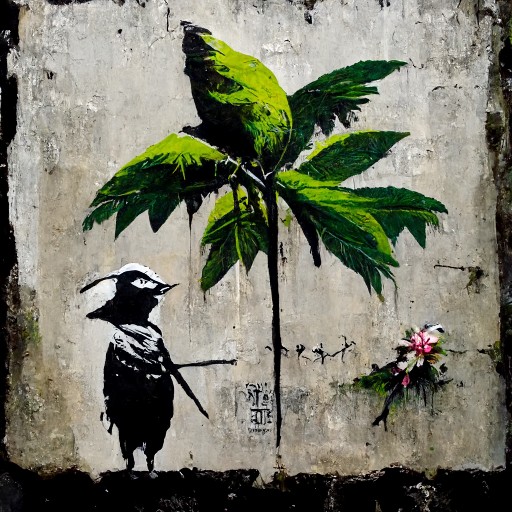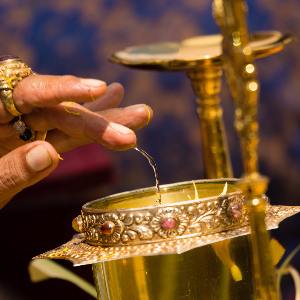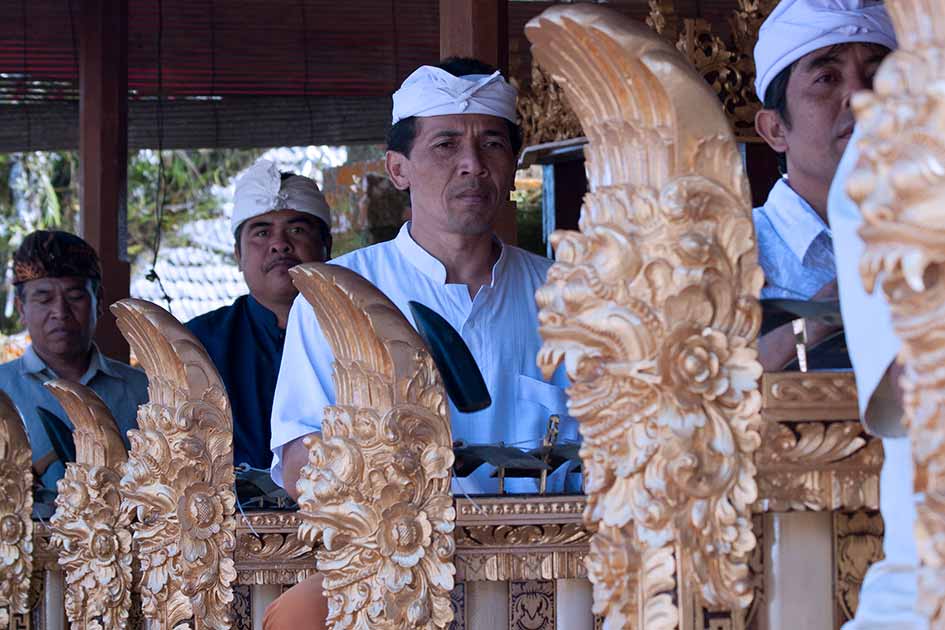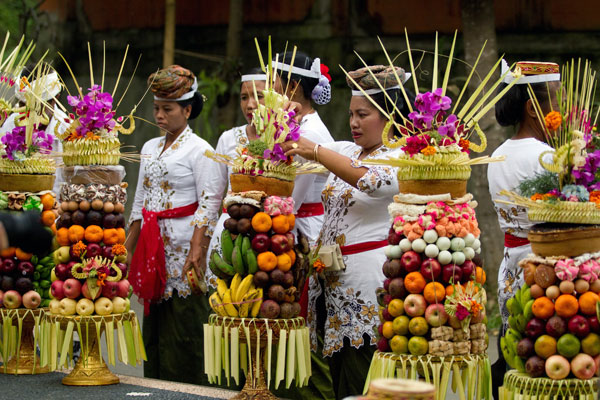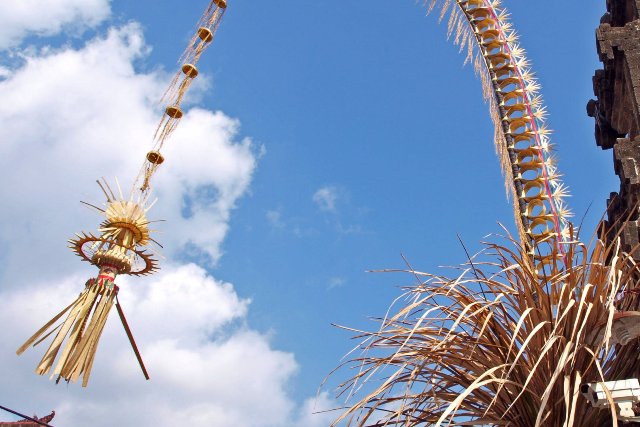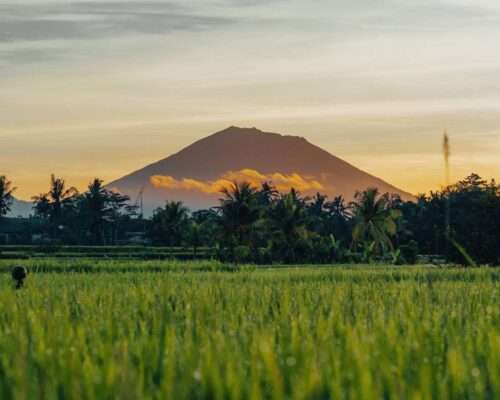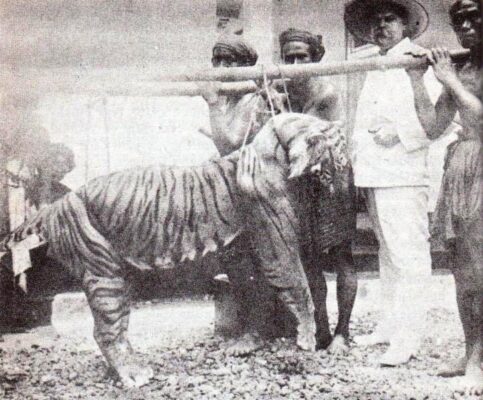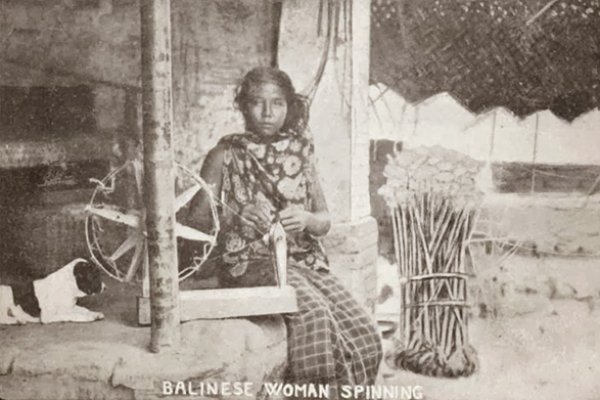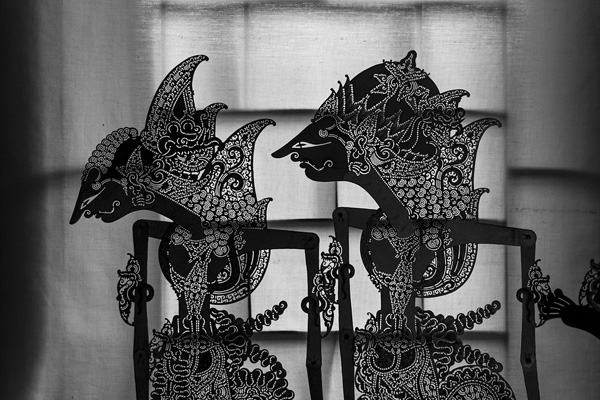What instruments are part of the Gamelan ensemble?
Reyong
The largest instrument in a gamelan is the reong is played by a group of at least two and up to four people, and it appears like a long hollow frame holding roughly a dozen miniature gongs made of bronze plates. During the performance, the musicians take turns striking a gong with either a long wooden stick cushioned with soft thread or hard wooden mallets, resulting in a wide range of tones. The high and low tones of a reyong are determined by its size and thickness. The greater the size, the lower the pitch, the more concave it is, and the higher the pitch.
Trompong
Although not commonly utilized, It is played at the front of the ensemble, facing the audience. Like the reyong, it consists of 10 gongs or kettle gongs, with each covering about two octaves. It is performed by a single individual who acts as a type of ensemble leader and sits on a small stool, playing the primary melody line. The trompong player is an honored musician, due to the required skills to be able to improvise, paraphrase the melodies, and take control across a span of more than two meter rows of melodic bronze plates.
Gangsa
A common gamelan instrument that is usually played by the ensemble leader. It looks like a bamboo xylophone with four to fourteen metal plates. During the performance, the ensemble leader will act as a conductor, raising the wooden mallet like a baton as the other instruments follow suit. The player moves at breakneck speed, holding the mallet with his right hand and then using his left hand to reduce the force of beaten bars.
Gong
The massive bronze gongs that are found at the back of the band. Suspended gongs are smooth, round metal discs that are hung vertically by a string threaded through holes at the top rim of an ornate frame. The player only appears during certain portions of the song, pounding the instrument with a cloth-covered mallet to produce a deep mellow tone to add a mystic vibe to the performance.
Ceng-ceng
Ceng ceng are metal cymbal pieces decorated with red tasseled threads that are struck against one another. The rope at the top of the ceng-ceng provides a grip. Ceng-ceng is constructed from six round metal pieces on the bottom and two round metal pieces on top. The musical instrument is an important part of the various Balinese gamelan ensembles.
Kendang
The Kendang, one of the main instruments in the gamelan ensemble, is a traditional two-headed drum made of hollow cylindric wood covered with leather on both ends, similar to the pahu drum from Hawaii.
Some kendang have a larger side than the other, but in Bali, both sides are the same size and are played with a combination of hands and/or sticks.
In a wayang performance, the kendang player will try to mimic the dancer’s movements and relay them to the rest of the ensemble. In Balinese Gamelan, there are two kendang: Kendang wadon, the “female” and lowest pitched, and Kendang lanang, the “man” and highest pitched.
